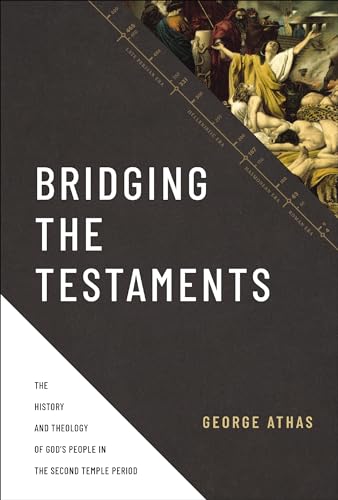Description
An accessible introduction to the historical and theological developments between the Old and New Testament.
Bridging the end of the Old Testament period and the beginning of the New Testament period, this book surveys the history and theological developments of four significant eras in Israel's post-exilic history: the Persian Era (539-331 BC), the Hellenistic Era (332-167 BC), the Hasmonean Era (167-63 BC), and the Roman Era (63-4 BC). In doing so, it does away with the notion that there were four hundred years of prophetic silence before Jesus.
Bridging the Testaments outlines the political and social developments of these four periods, with particular focus on their impact upon Judeans and Samarians. Using a wide range of biblical and extra-biblical sources, George Athas reconstructs what can be known about the history of Judah and Samaria in these eras, providing the framework for understanding the history of God's covenant people, and the theological developments that occurred at the end of the Old Testament period, leading into the New Testament. In doing so, Athas shows that the notion of a supposed period of four hundred years of prophetic silence is not supported by the biblical or historical evidence. Finally, an epilogue sketches the historical and theological situation prevailing at the death of Herod in 4 BC, providing important context for the New Testament writings.
In this way, the book bridges the Old and New Testaments by providing a historical and theological understanding of the five centuries leading up to the birth of Jesus, tracking a biblical theology through them, and abolishing the notion of a four-century prophetic silence.

